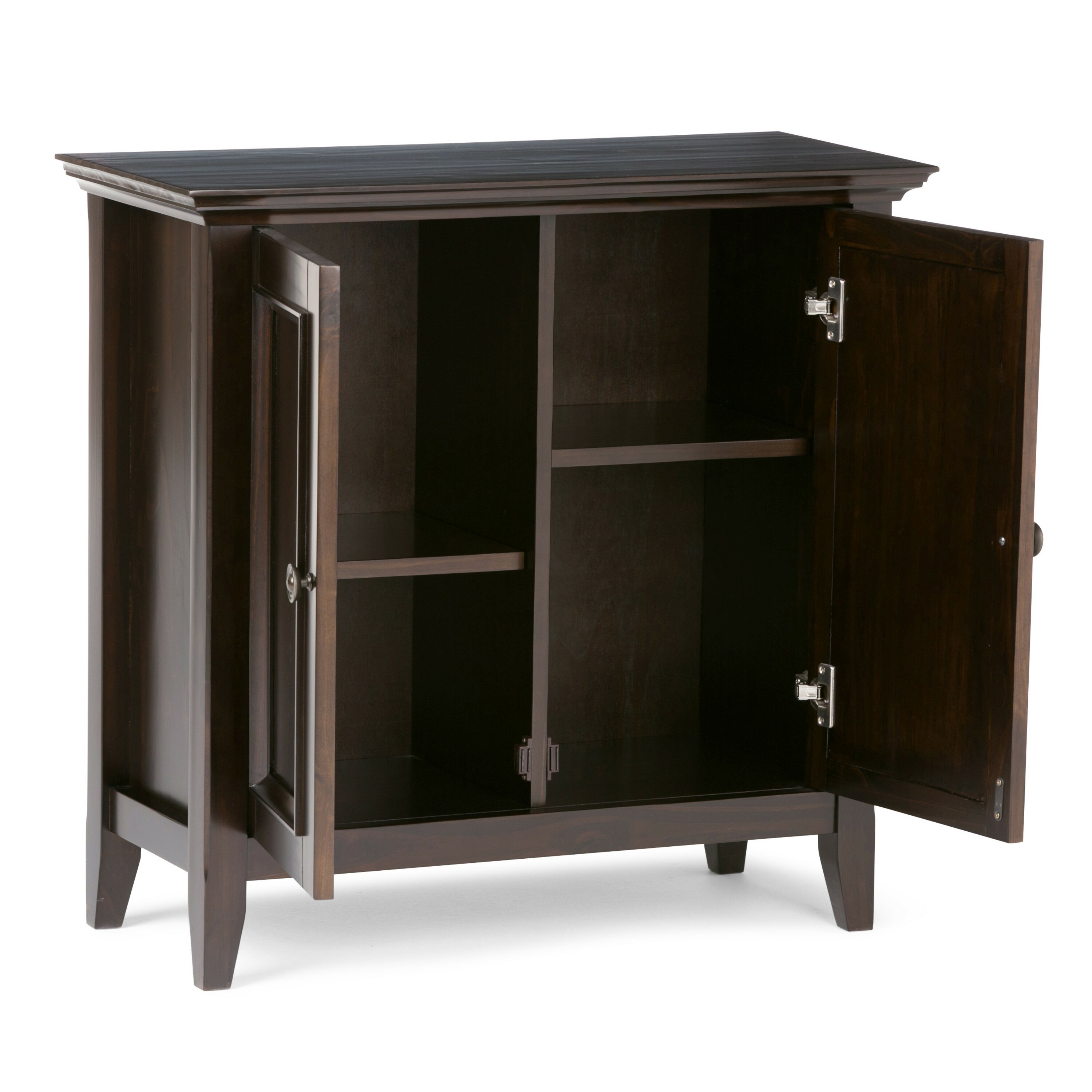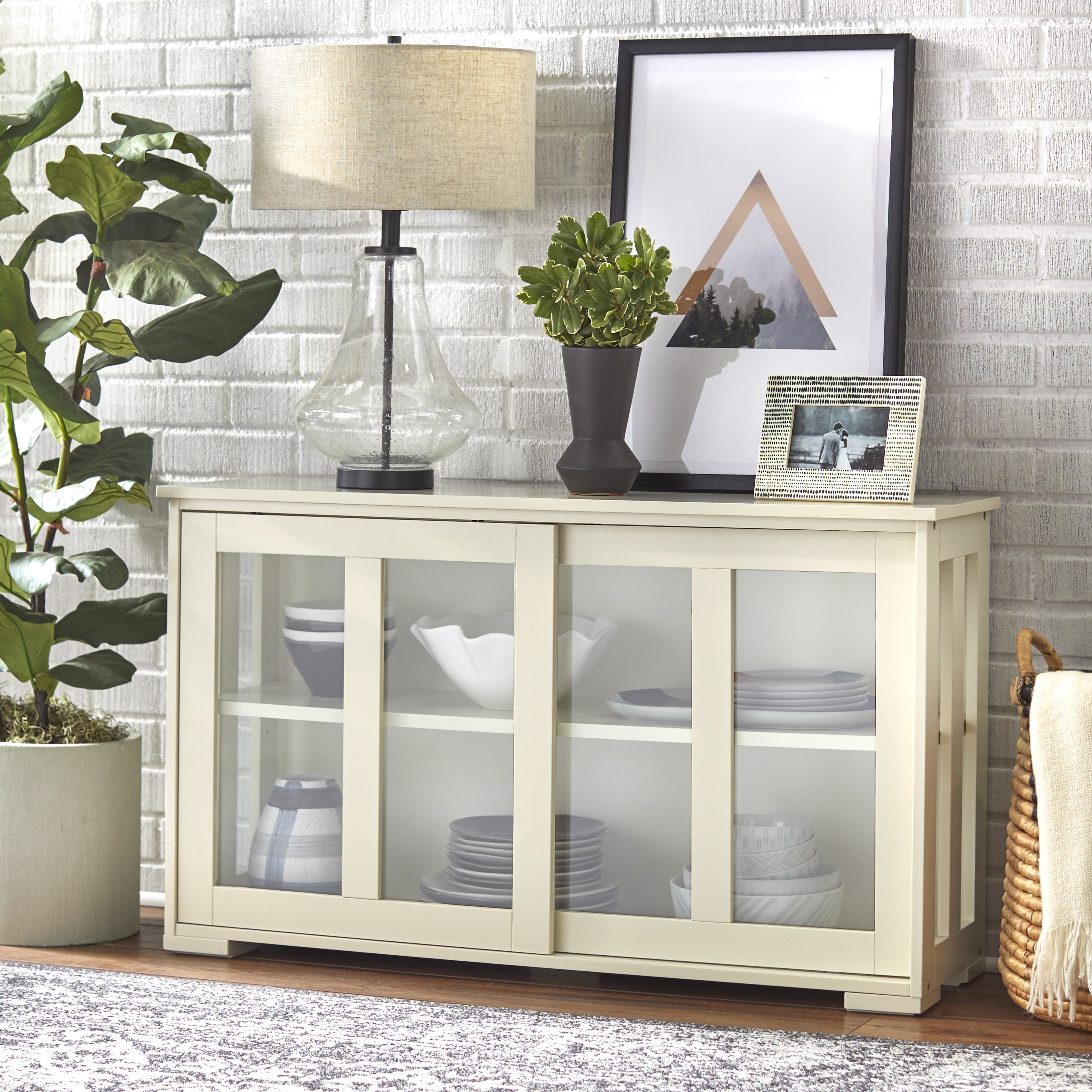Dimensions and Design Options for Shallow Cabinets with Doors: Shallow Cabinet With Doors

Shallow cabinets with doors offer a versatile storage solution for modern living, maximizing space efficiency in various settings. Their compact depth makes them ideal for hallways, smaller rooms, or areas where floor space is at a premium. Careful consideration of dimensions and design elements is crucial to optimize their functionality and aesthetic appeal.
Three Shallow Cabinet Models
The following models demonstrate the variety achievable with shallow cabinet design. Each model is tailored to different needs and spaces, highlighting the flexibility of this storage solution.
| Model | Dimensions (W x D x H) | Door Specifications | Suitability |
|---|---|---|---|
| Model A: Slimline | 30cm x 15cm x 80cm | Single door, 28cm wide, with simple flush handle. | Narrow hallways, small bathrooms, entryways. Ideal for storing small items like keys, mail, or toiletries. |
| Model B: Media Console | 100cm x 30cm x 50cm | Two doors, each 48cm wide, with recessed handles. | Living rooms, bedrooms. Suitable for storing media devices, books, or games. |
| Model C: Kitchen Utility | 60cm x 25cm x 70cm | Single door, 58cm wide, with a simple knob handle. | Kitchens, pantries. Ideal for storing spices, small appliances, or cleaning supplies. |
Material Choices for Shallow Cabinets
The choice of material significantly impacts the durability, aesthetics, and cost of a shallow cabinet. Each option presents unique advantages and disadvantages.
Shallow cabinet with doors – Wood offers a classic, timeless appeal and excellent durability. However, it is generally more expensive than other materials and requires regular maintenance to prevent warping or damage. Solid hardwoods like oak or maple are highly durable but costly, while softer woods like pine are more affordable but less resistant to wear and tear.
MDF (Medium-Density Fiberboard) is a cost-effective alternative to wood, offering a smooth, paintable surface. It’s less susceptible to warping than wood but can be less durable and prone to damage from moisture. MDF cabinets are suitable for interior applications where moisture is not a significant concern.
Metal, such as steel or aluminum, provides exceptional durability and resistance to moisture and damage. Metal cabinets are ideal for high-traffic areas or environments with extreme conditions. However, they can be more expensive than wood or MDF and may require specialized tools for installation. They might also lack the aesthetic warmth of wood.
Functionality and Usage of Shallow Cabinets with Doors

Shallow cabinets with doors, while seemingly limited in capacity compared to their deeper counterparts, offer a surprising versatility in modern living spaces. Their compact design makes them ideal for maximizing storage in areas where space is at a premium, while still maintaining a clean and organized aesthetic. Let’s explore how these clever storage solutions can transform your home.
Diverse Applications of Shallow Cabinets with Doors
Shallow cabinets with doors are surprisingly adaptable to a variety of storage needs. Their shallow depth makes them perfect for specific items and locations where bulkier cabinets would be impractical or visually overwhelming.
- Entryway Organization: A shallow cabinet near the front door can neatly store keys, mail, sunglasses, and other frequently accessed items, keeping your entryway clutter-free. The doors keep items hidden and protected from dust.
- Bathroom Storage: In a small bathroom, a shallow cabinet above the toilet or under the sink can provide valuable storage for toiletries, medications, and cleaning supplies. Its shallow depth prevents it from intruding into the already limited space.
- Kitchen Pantry Supplement: Shallow cabinets can be used to supplement existing pantry space, storing smaller items like spices, oils, or infrequently used baking supplies. This keeps the main pantry organized and easily accessible.
- Living Room Media Storage: A shallow cabinet can be used as a media console, storing remotes, game controllers, and other electronics while maintaining a sleek and uncluttered appearance. The doors keep things tidy and dust-free.
- Bedroom Closet Organization: Shallow cabinets within a closet can be used for storing folded clothes, shoes, or accessories. They can be stacked to maximize vertical space, creating efficient storage solutions within a limited area.
Storage Capacity Comparison: Shallow vs. Deep Cabinets
The primary difference between shallow and deep cabinets lies in their storage capacity. While deep cabinets can hold significantly more items, their depth can sometimes hinder usability, making items at the back difficult to access.
- Shallow Cabinets: Offer limited storage capacity per unit but enhance accessibility. Items are readily visible and easily retrieved. Ideal for frequently used items or smaller spaces.
- Deep Cabinets: Provide substantial storage capacity, but may require more effort to access items stored at the back. Best suited for storing less frequently used items or bulkier objects.
Design Features Enhancing Functionality, Shallow cabinet with doors
Strategic design features can significantly improve the functionality of shallow cabinets with doors, making them even more efficient and user-friendly.
- Adjustable Shelves: Allow for customized storage configurations to accommodate items of varying heights and sizes, maximizing space utilization.
- Specialized Compartments: Dedicated compartments for specific items, such as cutlery trays in kitchen cabinets or jewelry organizers in bedroom cabinets, enhance organization and prevent items from getting lost or damaged.
- Integrated Lighting: Illumination inside the cabinet improves visibility, making it easier to locate items and preventing accidental damage caused by fumbling in the dark. This is particularly useful in darker areas of the home, like closets or pantries.
Manufacturing and Installation of Shallow Cabinets with Doors

Creating and installing shallow cabinets, whether from scratch or using pre-fabricated units, is a rewarding DIY project that can significantly enhance your home’s organization and aesthetic appeal. Understanding the process, from material selection to final installation, is key to achieving a professional-looking and functional result. This section details the steps involved in both approaches.
Building a Shallow Cabinet from Scratch
Constructing a shallow cabinet from scratch allows for complete customization in terms of size, materials, and design. This requires careful planning and attention to detail. The following steps provide a comprehensive guide.
- Planning and Design: Begin by sketching your cabinet’s dimensions and desired features (number of shelves, door style, etc.). Determine the type of wood or material you’ll use, considering factors like durability and aesthetic preferences. For example, pine is a budget-friendly option, while oak offers greater strength and a more luxurious look.
- Cutting Materials: Using accurate measurements from your plan, cut the wood for the cabinet sides, top, bottom, back, shelves, and door frame. A miter saw or table saw is recommended for precise cuts. Remember to account for the thickness of the wood when calculating dimensions.
- Assembling the Cabinet Box: Apply wood glue and screws to join the cabinet sides, top, bottom, and back. Clamps will help ensure a tight and square fit during assembly. Pre-drilling pilot holes before screwing prevents wood splitting.
- Adding Shelves: Install shelves using shelf supports or dado joints, depending on your design preference and the type of wood used. Ensure shelves are level and securely fastened.
- Constructing the Doors: Build the cabinet doors using the same material as the cabinet box. Consider using a router to create decorative edges or molding. Remember to account for the door hinges and handle placement.
- Hanging the Doors: Attach hinges to the doors and cabinet sides. Ensure the doors are aligned properly and open and close smoothly. Install door handles or knobs.
- Finishing: Sand all surfaces smooth and apply a finish, such as paint, stain, or varnish, to protect the wood and enhance its appearance. Allow ample drying time between coats.
Installing a Pre-fabricated Shallow Cabinet
Installing a pre-fabricated shallow cabinet is generally quicker and simpler than building one from scratch. However, proper preparation and attention to detail are still crucial for a successful installation.
- Wall Preparation: Locate the studs in the wall using a stud finder. This ensures the cabinet is securely mounted and prevents damage to the wall. Mark the stud locations clearly. If necessary, repair any damaged drywall or plaster before installation.
- Securing the Cabinet: Position the cabinet against the wall, aligning it with the marked stud locations. Use appropriate screws or anchors to attach the cabinet to the wall studs. For added stability, consider using wall anchors even if studs are available. The weight of the cabinet and its contents should be considered when choosing screws or anchors.
- Door Alignment: Ensure the cabinet doors are properly aligned and open and close smoothly. Adjust the hinges if necessary to correct any misalignment. Tighten all screws to secure the cabinet and doors.
